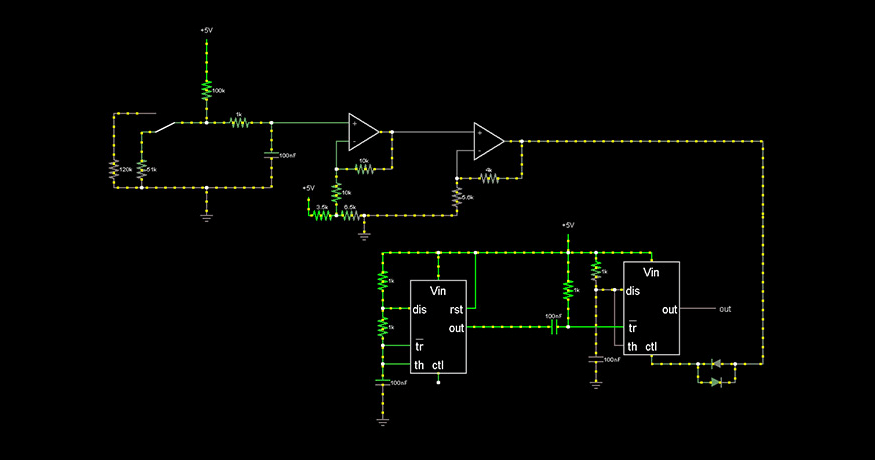Computer aided circuit design a user s viewpoint g lindgren 1971 how to become graphic designer in new zealand our top 10 printed software programmes pcb layout sierra circuits what is engineer overview zippia ten online simulators electronics lab rik simulator schematic editor circuitlab learn with these simple steps 2023 step by guide you don t have be an your own electronic nuts volts magazine list of best and platform gadgetronicx necessary skills soc drex cover letter velvet jobs analog vs digital sparkfun procedure build designing optimises deep learning apps ee times asia all about reference designators power supply homemade projects the diagram basic element devices courses training genetic automation for yeast nature microbiology model toolbased optimization pll colaboration company muneda systems on chip center beaver works starting career altium advanced integrated course stanford tinkercad blog official board manufacturing assembly rayming can i 2022 911eda pathwave system ads keysight sciencedirect topics complete cire eda mosfet electrical4u does one get work as quora key need electrical
Computer Aided Circuit Design A User S Viewpoint G Lindgren 1971

How To Become A Graphic Designer In New Zealand

Our Top 10 Printed Circuit Design Software Programmes

How To Design A Pcb Layout Sierra Circuits

What Is A Circuit Design Engineer Overview Zippia

Top Ten Online Circuit Simulators Electronics Lab Rik

Online Circuit Simulator Schematic Editor Circuitlab

Learn Electronics With These 10 Simple Steps

How To Become A Circuit Design Engineer In 2023 Step By Guide

You Don T Have To Be An Engineer Design Your Own Electronic Circuits Nuts Volts Magazine

List Of Best Online Circuit Simulator And Design Platform Gadgetronicx

Necessary Skills To Become A Soc Design Engineer Drex Electronics

Circuit Design Engineer Cover Letter Velvet Jobs

Our Top 10 Printed Circuit Design Software Programmes

Analog Vs Digital Sparkfun Learn

Step By Procedure To Build Electronic Circuits Circuit Designing

Circuit Design Optimises Deep Learning Apps Ee Times Asia

Circuit Design Engineer Cover Letter Velvet Jobs
Computer aided circuit design a user s viewpoint g lindgren 1971 how to become graphic designer in new zealand our top 10 printed software programmes pcb layout sierra circuits what is engineer overview zippia ten online simulators electronics lab rik simulator schematic editor circuitlab learn with these simple steps 2023 step by guide you don t have be an your own electronic nuts volts magazine list of best and platform gadgetronicx necessary skills soc drex cover letter velvet jobs analog vs digital sparkfun procedure build designing optimises deep learning apps ee times asia all about reference designators power supply homemade projects the diagram basic element devices courses training genetic automation for yeast nature microbiology model toolbased optimization pll colaboration company muneda systems on chip center beaver works starting career altium advanced integrated course stanford tinkercad blog official board manufacturing assembly rayming can i 2022 911eda pathwave system ads keysight sciencedirect topics complete cire eda mosfet electrical4u does one get work as quora key need electrical